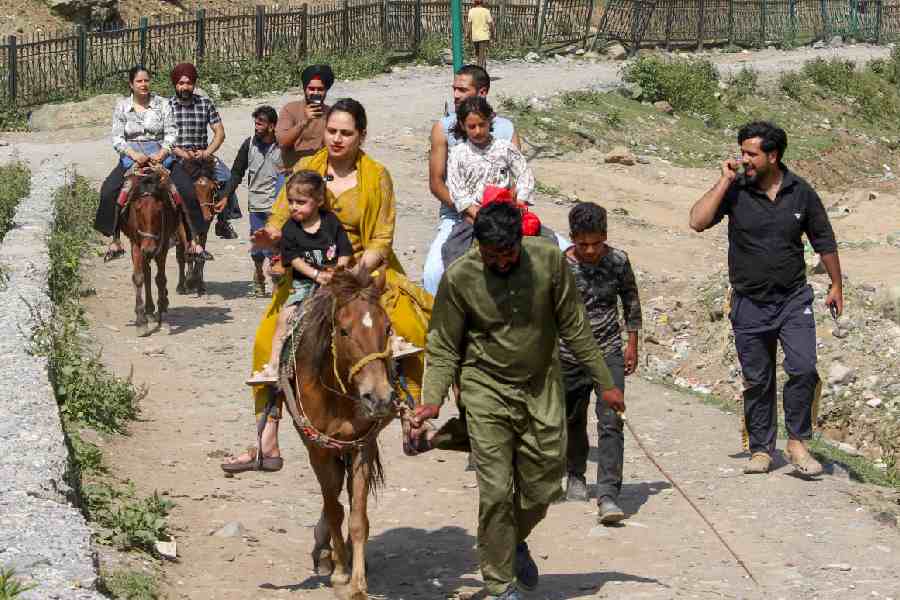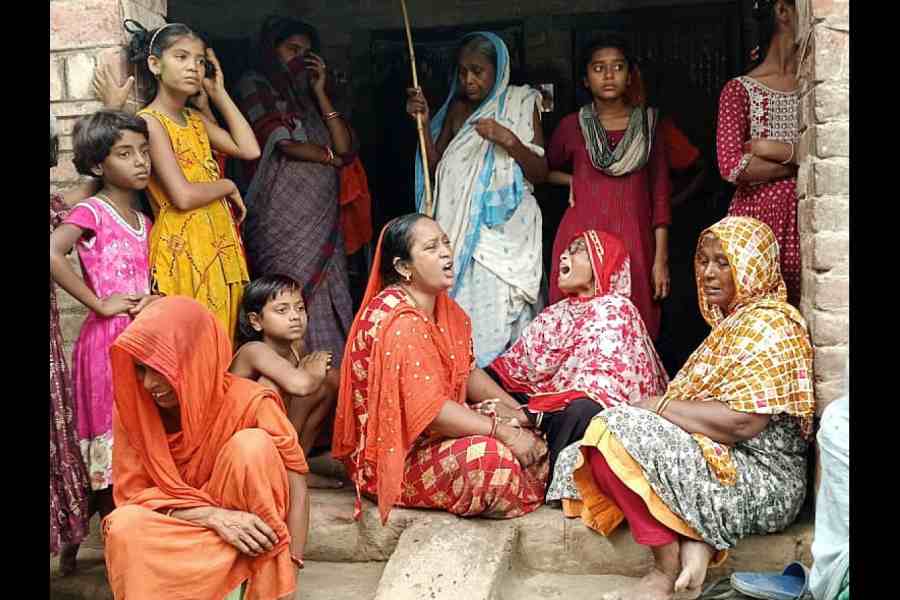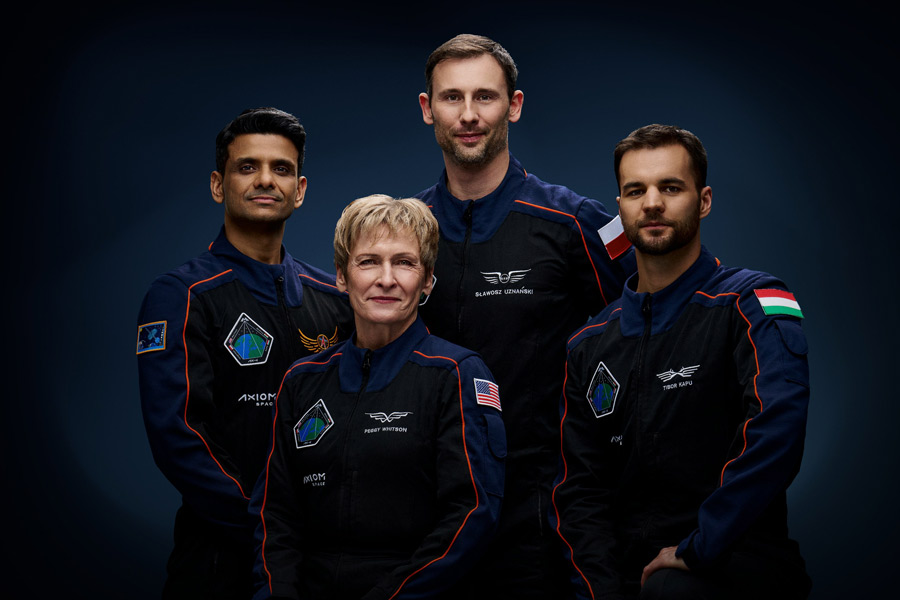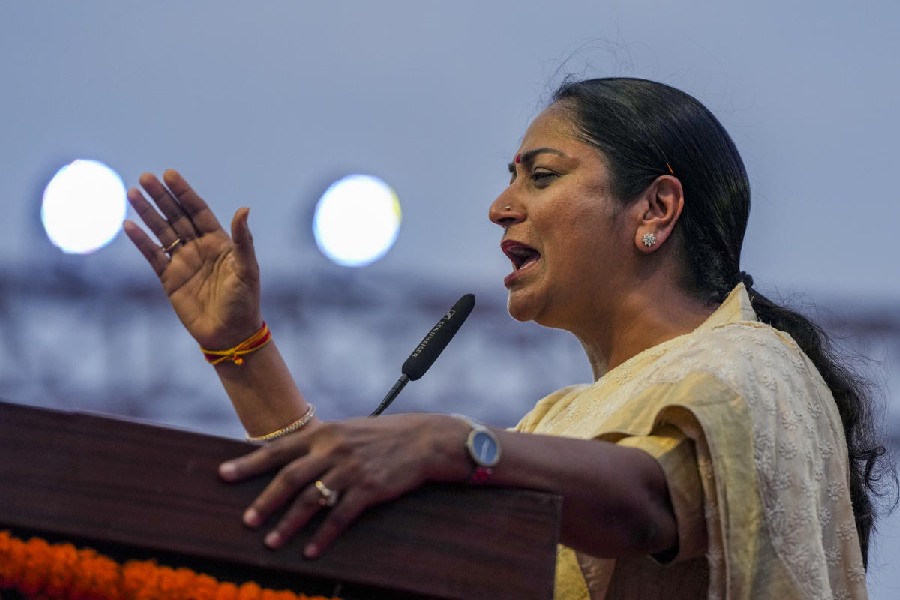 |
“It’s a long film,” is one of the first things Abhijay Karlekar, director of the documentary Ab Aur Waqt Nahin, says. But then he defends its running time of 104 minutes on the grounds that it was needed to trace the long history of the adivasis of Jharkhand, from the time of Akbar to the present.
And now, as power changes hands again, the fifth time in six years, one of the messages of the film hit hard — change in government will change nothing. To which, Ram Dayal Munda, former vice-chancellor of Ranchi University, who has given music to this film, agrees saying that the only thing which excites the rulers of this state is getting outsiders to come and invest, for whose benefit, everyone knows.
The film takes one through various districts of the state, showing people as they are in their natural surroundings, farming, working in mines, fighting for their rights and often paying with their lives. All this to get the message across, how, over the past few years, whatever little they did have seems to be slipping away from their control.
 |
Ranajit Ray’s camera focusses on capturing the starkness of the lands which are dry. The government says it’s drought. Mismanagement, say the makers of the film. It takes us through shots of women and children working at industrial sites, the large-scale displacement caused by dams, and the environmental damages caused by plants like the coal plant at Bokaro.
It says that between 1970 and 2006, at least 40 lakh non-Adivasis have come in from outside. One just has to stand at Ranchi’s Lal Chowk to know who calls the shots, the film says. Or outside the gates of Tata Steel, where every morning hundreds of Adivasis come looking for work. Or simply count the numbers leaving every year to work as migrant workers, for bigger cities, where their women are often sexually abused.
Talking to The Telegraph, Abhijay Karlekar explains why they had to make Ab Aur Waqt Nahin.
![]() The film was shot between 2001 and 2005. Does it mean that as early as 2001, there was already so much despair?
The film was shot between 2001 and 2005. Does it mean that as early as 2001, there was already so much despair?
Yes, people had got their promised land, but those taking charge of it had not struggled for its creation. Over the years, their fears stand justified. I have travelled all over the state, and the film has been shot in eight districts — Ranchi, Hazaribagh, Latehar, Palamau, Chatra, Bohara, East and West Singhbhum — and everywhere there is the same disillusionment that the new state for which they made so many sacrifices has not brought them anything.
![]() What inspired you to make it?
What inspired you to make it?
All of us involved in it, Rashmi Katyayan, Ram Dayal Munda and Vinay Bhusan, felt very strongly that it’s a story that had to be told. We wanted to cover every aspect, from agriculture, mining, deforestation, migration and all the ills that the government had failed to take care of. I have grown up in Hazaribagh and I have seen the changes that have taken place over the years. The land that was once green and fertile is today dry and barren. The demography has changed beyond recognition.
![]() Are you taking it to the people?
Are you taking it to the people?
Of course, we got a good reaction in Delhi and Calcutta. For people removed far from the reality we have shown, it’s an unusual film. Living so removed from that world, we do not realise the distress of the people. We have also continuously screened it in different parts of the state, mostly at the village and the grassroots.
![]() The film ends on a very bleak note. So what is the solution?
The film ends on a very bleak note. So what is the solution?
It is a sad situation. It is not anti-government. We have given every group a chance to speak. In fact, we point out that a mere change in governance will change nothing. We try to show the only way things will change is if we give more power to local bodies.
Those in power are not agriculturists, they have no interest in the fact that Adiviasis are on the verge of extinction as an agricultural people. Now people can barely irrigate their lands for three to four months in a year.
![]() During its making, did you face resistance from government?
During its making, did you face resistance from government?










